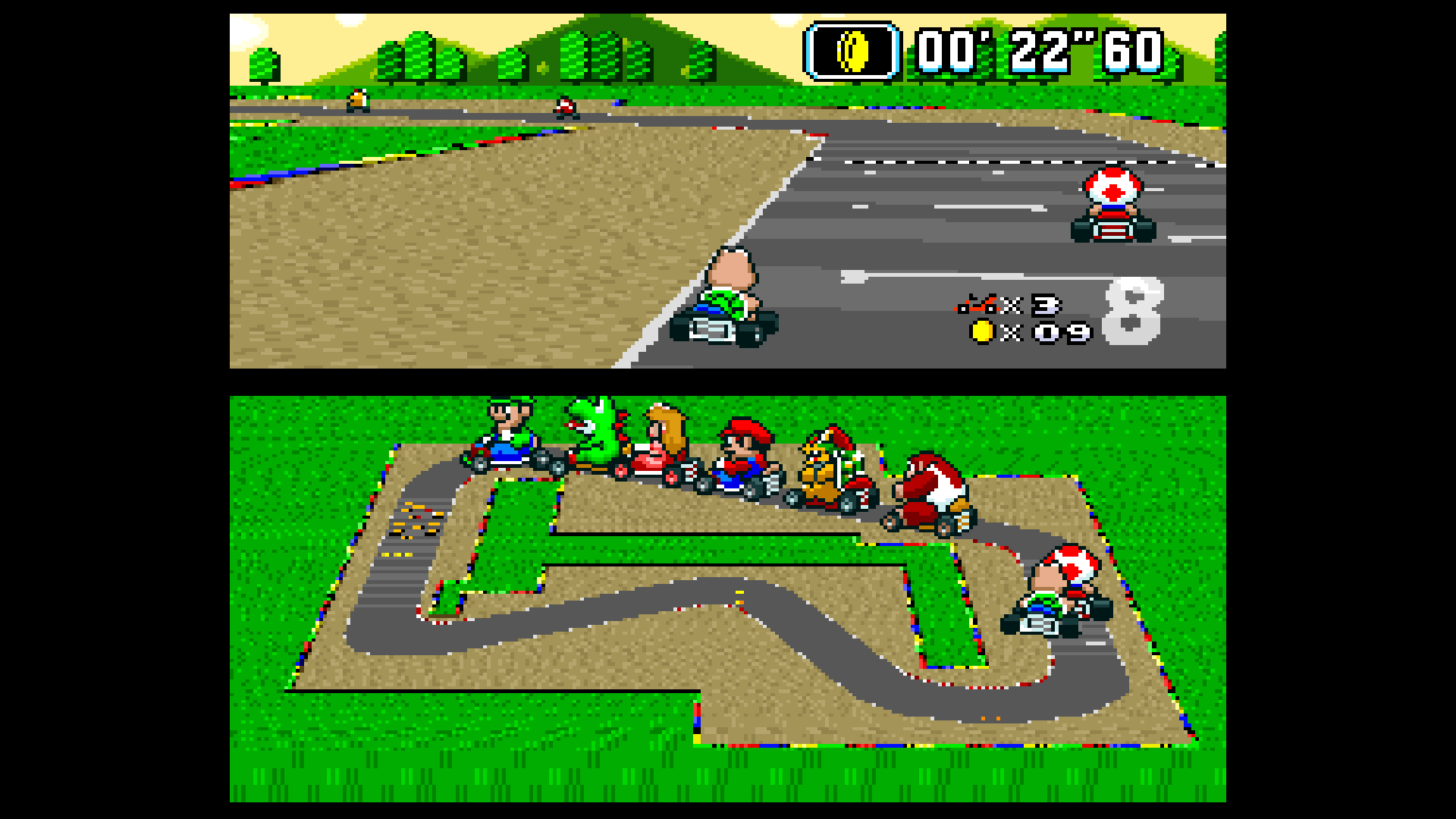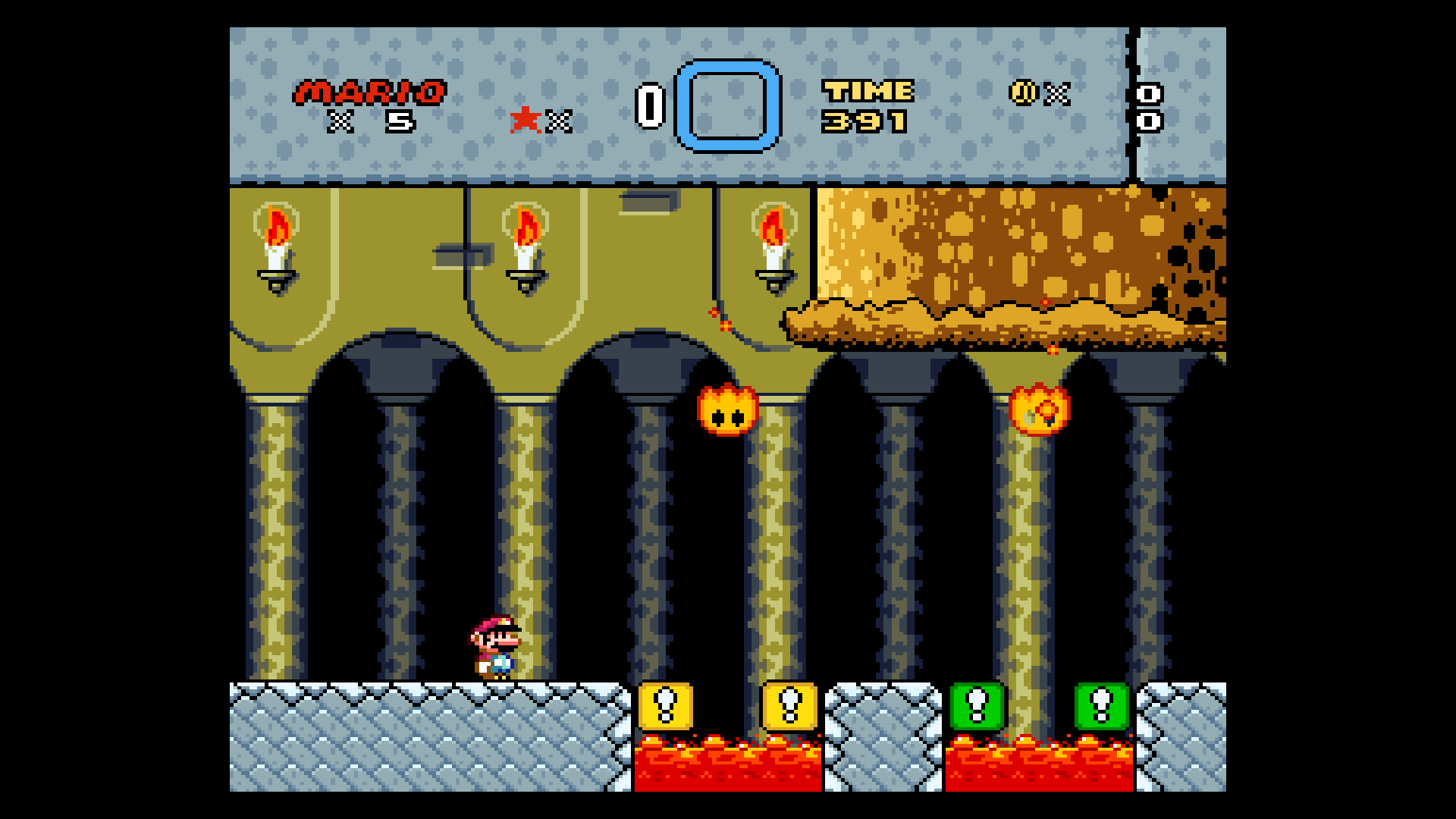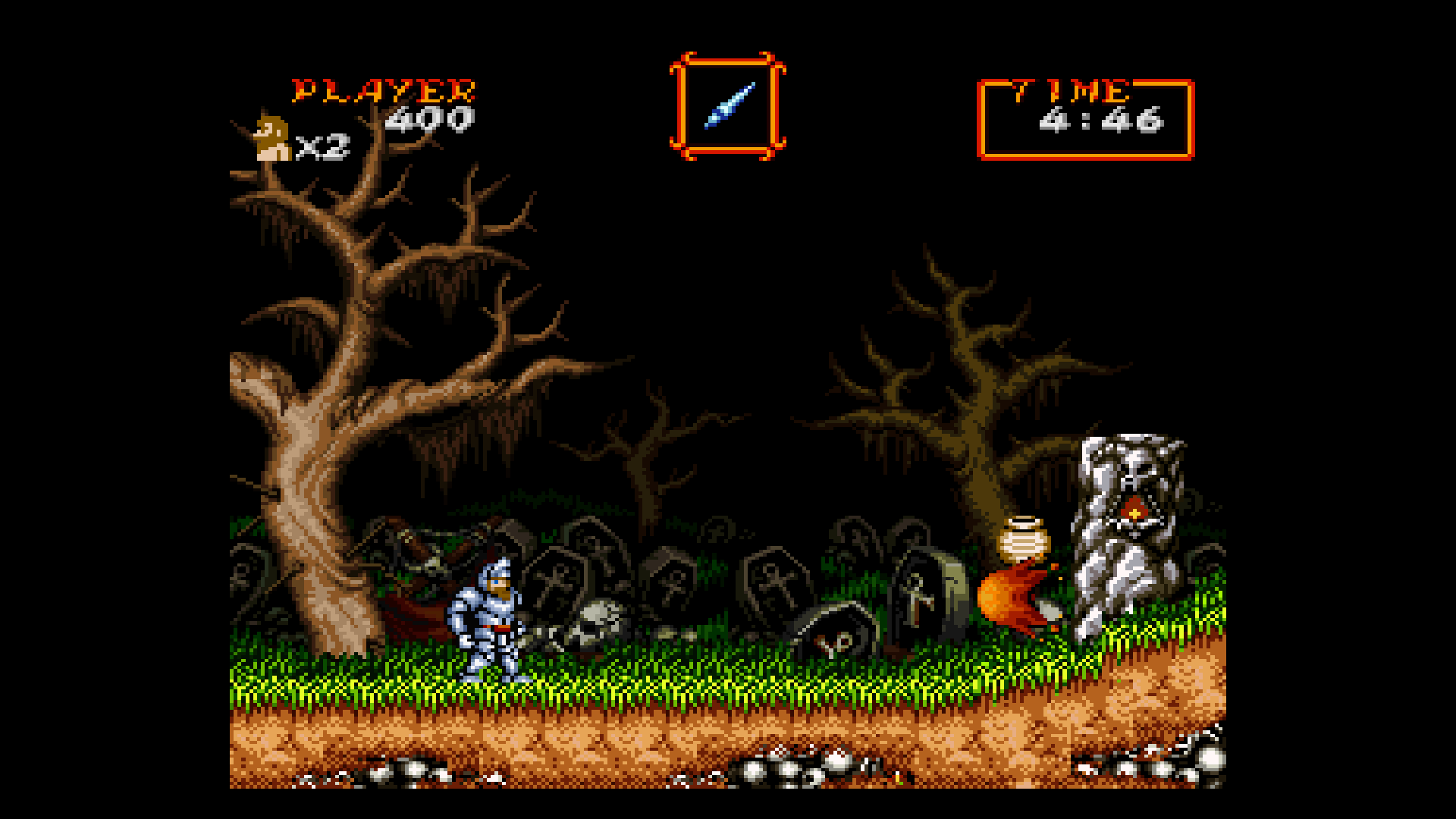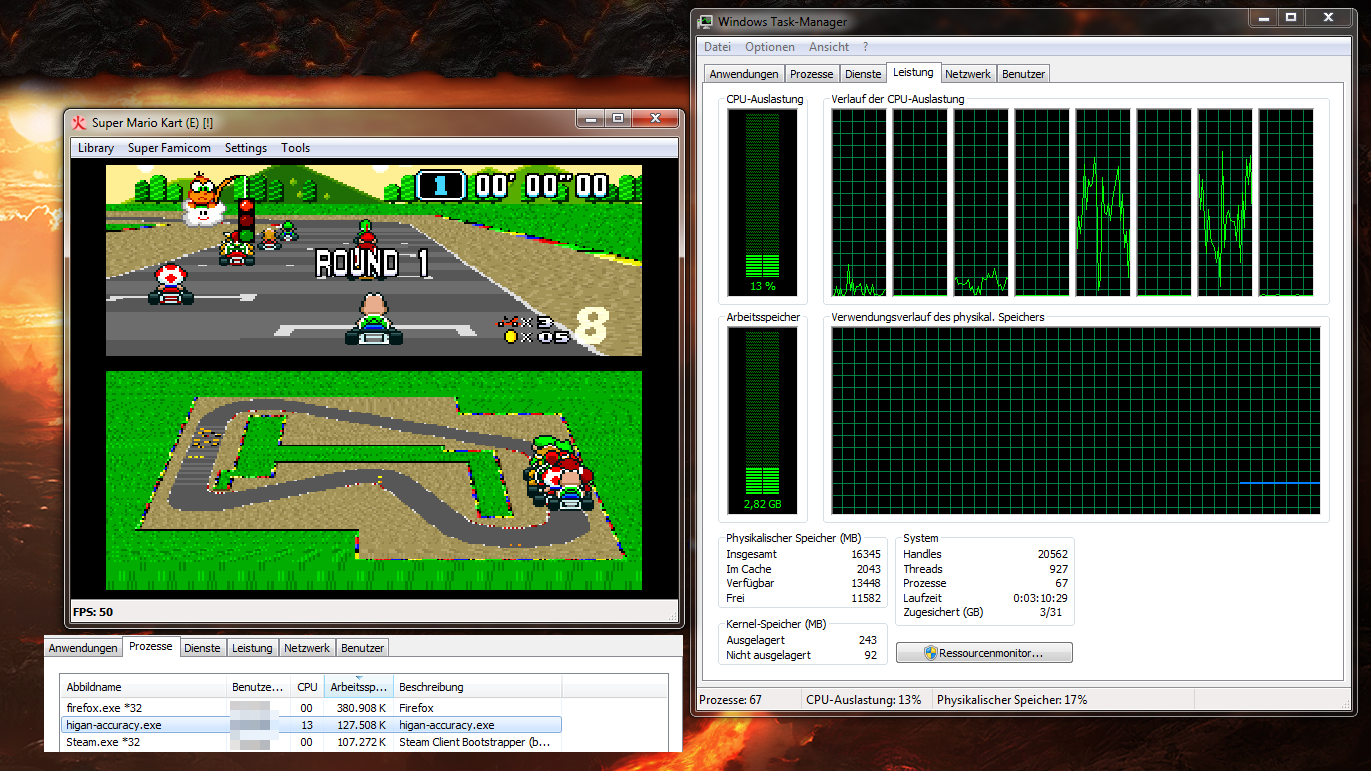maniac-kun
Member
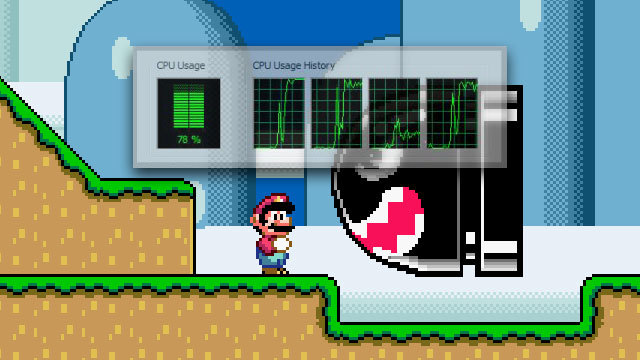
More at:It doesn't take much raw power to play Nintendo or SNES games on a modern PC; emulators could do it in the 1990s with a mere 25MHz of processing power. But emulating those old consoles accurately—well, that's another challenge entirely; accurate emulators may need up to 3GHz of power to faithfully recreate aging tech. In this piece we'll take a look at why accuracy is so important for emulators and why it's so hard to achieve.
Put simply, accuracy is the measure of how well emulation software mimics the original hardware. Apparent compatibility is the most obvious measure of accuracy—will an old game run on my new emulator?—but such a narrow view can paper over many small problems. In truth, most software runs with great tolerance to timing issues and appears to be functioning normally even if timing is off by as much as 20 percent.
So the question becomes: if we can achieve basic compatibility, why care about improving accuracy further when such improvement comes at a great cost in speed? Two reasons: performance and preservation.
First, performance. Let's take the case of Speedy Gonzales. This is an SNES platformer with no save functionality, and it's roughly 2-3 hours long. At first glance, it appears to run fine in any emulator. Yet once you reach stage 6-1, you can quickly spot the difference between an accurate emulator and a fast one: there is a switch, required to complete the level, where the game will deadlock if a rare hardware edge case is not emulated. One can imagine the frustration of instantly losing three hours of progress and being met with an unbeatable game. Unless the software does everything in the exact same way the hardware used to, the game remains broken.
Or consider Air Strike Patrol, where a shadow is drawn under your aircraft. This is done using mid-scanline raster effects, which are extraordinarily resource intensive to emulate. But without the raster effects, your aircraft's shadow will not show up, as you see in the screenshot below. It's easy to overlook, especially if you do not know that it is supposed to be there. But once you actually see it, you realize that it's quite helpful. Your aircraft has the ability to drop bombs, and this shadow acts as a sort of targeting system to determine where they will land.—something that's slightly more difficult without this seemingly minor effect.
http://arstechnica.com/gaming/2011/...-3ghz-quest-to-build-a-perfect-snes-emulator/
The accuracy of these emulators puts every emulator that tries to emulate the hardware using hacks to speed up the emulation and the Nintendo Virtual Console to shame.
Why it matters:
http://web.archive.org/web/20120724122435/http://byuu.org/bsnes/accuracy
Emulators:
- Higan (SNES / NES / GB / GBC / GBA)
http://byuu.org/higan/higan is an emulator for multiple Nintendo video game consoles, including the Super Nintendo Entertainment System and NES. Originally called bsnes,[1] the emulator is available for Microsoft Windows and Linux operating systems, and aims to emulate the original hardware as accurately as possible through low-level emulation. higan claims to be able to run every commercial Super NES title ever released by virtue of cycle-accurate emulation[2] with no known bugs.
Some games need additional roms to work like Mario Kart (needs the dsp1b.rom). Just google it if you own the game.
Comparsion videos:
https://www.youtube.com/watch?v=jWZ7Q6U2x-c
https://www.youtube.com/watch?v=dOxns6OjAcs
Comparsion videos:
https://www.youtube.com/watch?v=jWZ7Q6U2x-c
https://www.youtube.com/watch?v=dOxns6OjAcs
- Nestopia (NES)
Nestopia is an open source NES/Famicom emulator designed to emulate the NES hardware as accurately as possible, and is widely considered the most advanced cycle-accurate NES emulator. Originally for Windows only, Nestopia has been ported to the Mac OS X and Linux operating systems.
Undead edition:
- Exodus (Genesis / Mega Drive)
Hardware Requirements:
Windows XP or above
4GB+ RAM
64-bit quad-core CPU
2.8GHz per core minimum. 3.4GHz+ recommended.
- Gambatte
Gambatte is an accuracy-focused, cross-platform Game Boy / Game Boy Color emulator. It is based on hundreds of corner case hardware tests, as well as previous documentation and reverse engineering efforts.
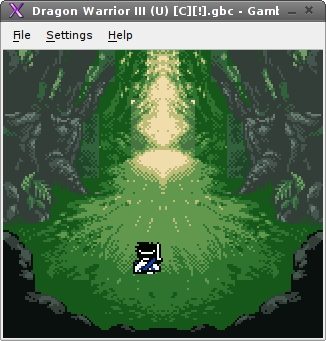

In development:
cen64 (N64):
So far it got open sourced but no official release yet. It can open comercial roms so far.
http://www.emutalk.net/threads/54131-Announcement-Cycle-accurate-N64-development-underway
Videos of the development status:
https://www.youtube.com/watch?v=hjuoDVSCzN4
https://www.youtube.com/watch?v=A3I4ivqz72g
http://www.emutalk.net/threads/54131-Announcement-Cycle-accurate-N64-development-underway
Videos of the development status:
https://www.youtube.com/watch?v=hjuoDVSCzN4
https://www.youtube.com/watch?v=A3I4ivqz72g

